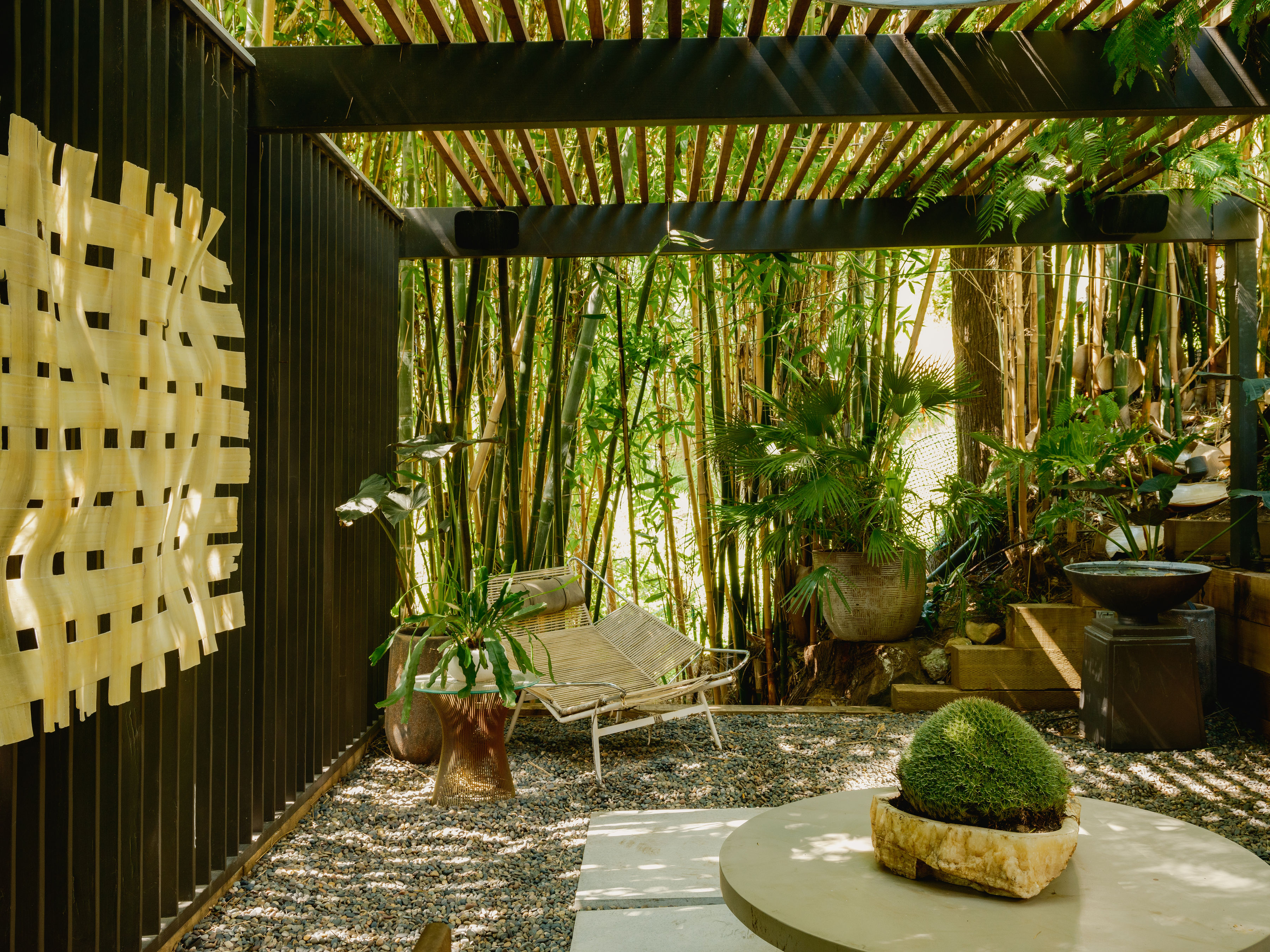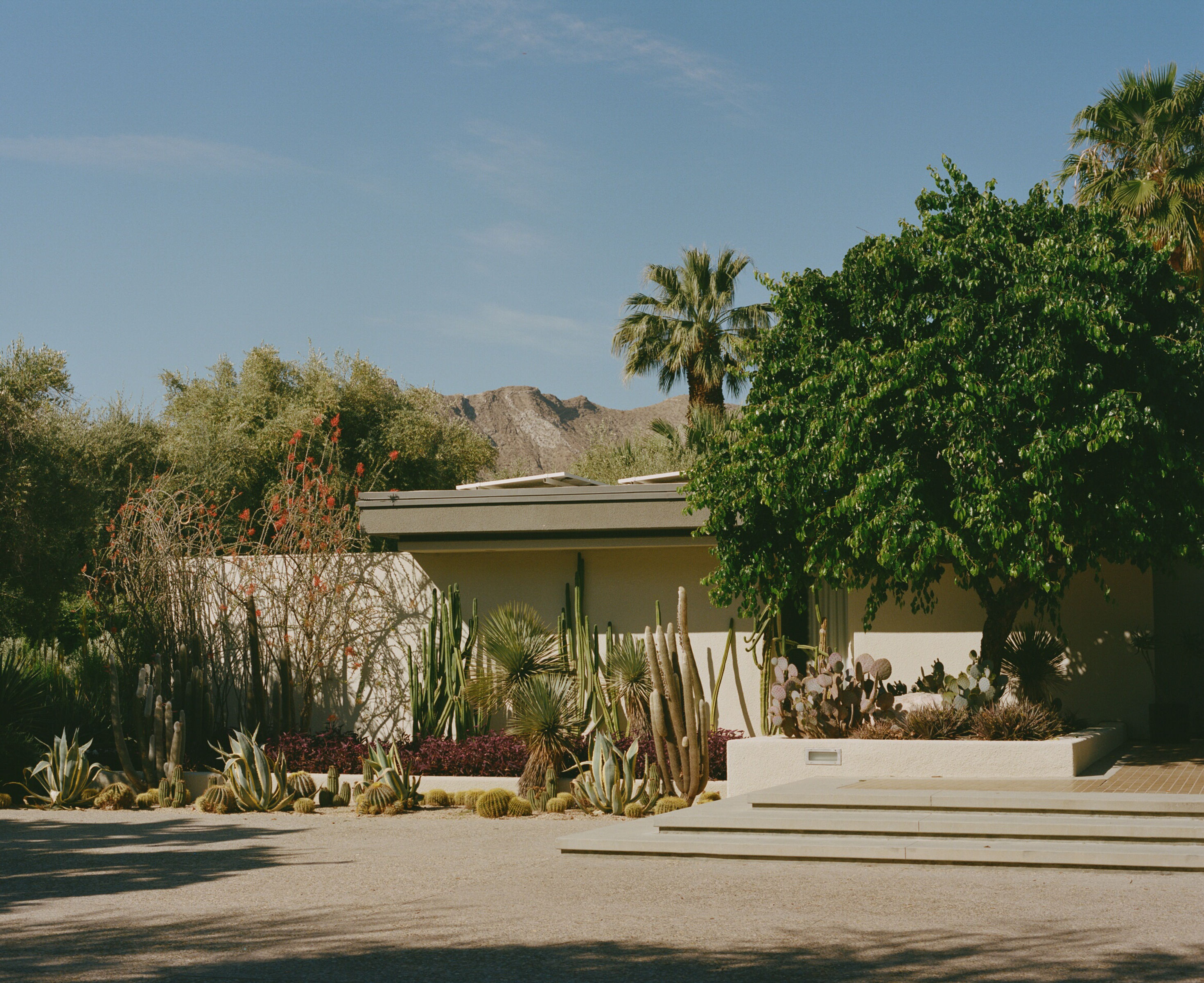
Landscape designer John Sharp's gardens float in the realm between the wild and the ethereal. His namesake Los Angeles practice enjoys telling ‘botanical stories’ through its work – which, right now, wraps the homes of many of the great and the good of California. Studio John Sharp has been behind the lush, native landscaping that frames and complements the works of iconic architects such as John Lautner (hello, Garcia House) and Richard Neutra (Hailey House's gardens are in his portfolio); while the designer has created garden paradises for Hollywood stars, such as actresses Hilary Duff, Sophia Bush, and Zoey Deutch. Organic nature, and a sense of wonder, exploration and discovery are key themes in his work. We caught up with him, to find out more about his approach.
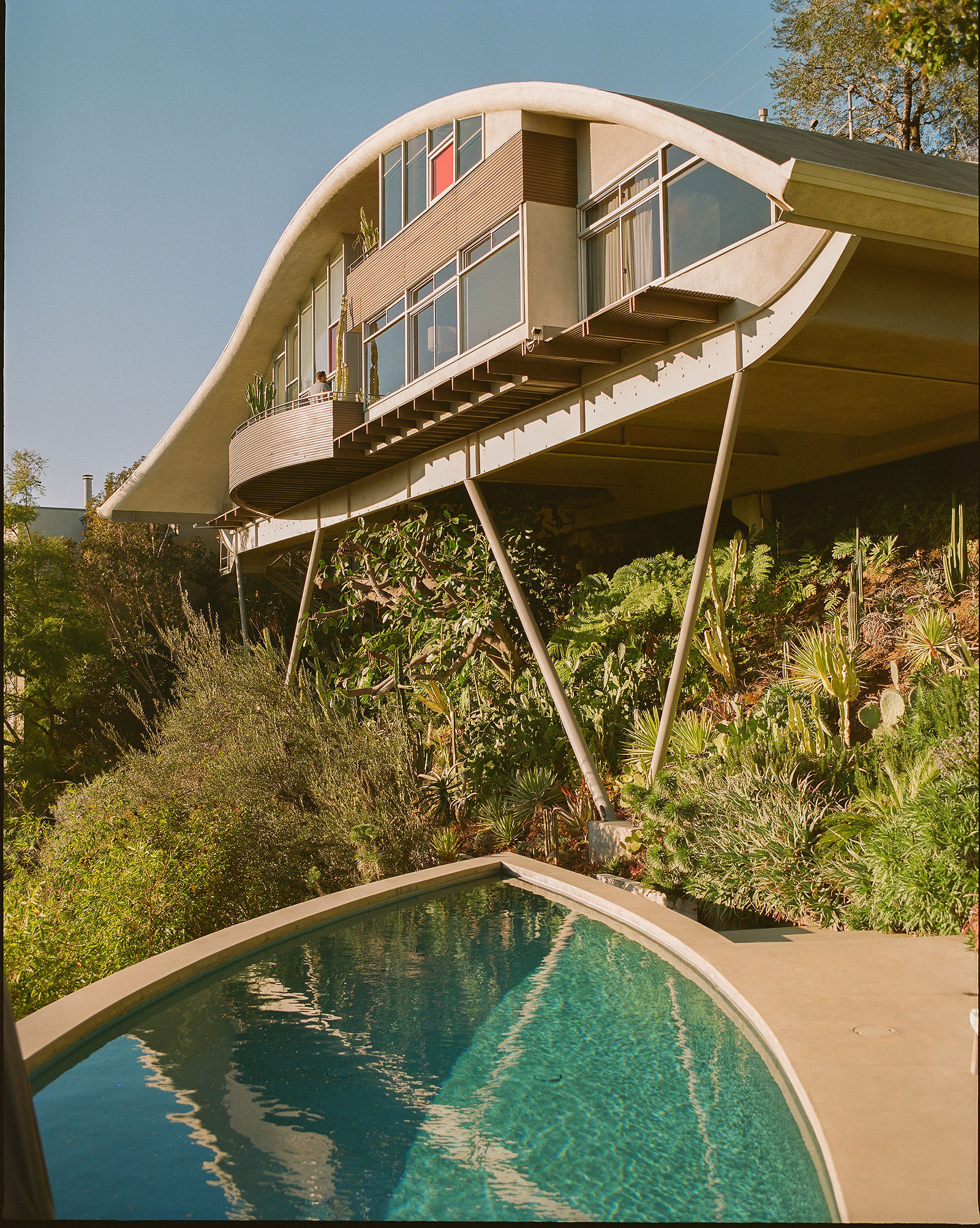
Meet John Sharp, founder and principal designer of Studio John Sharp
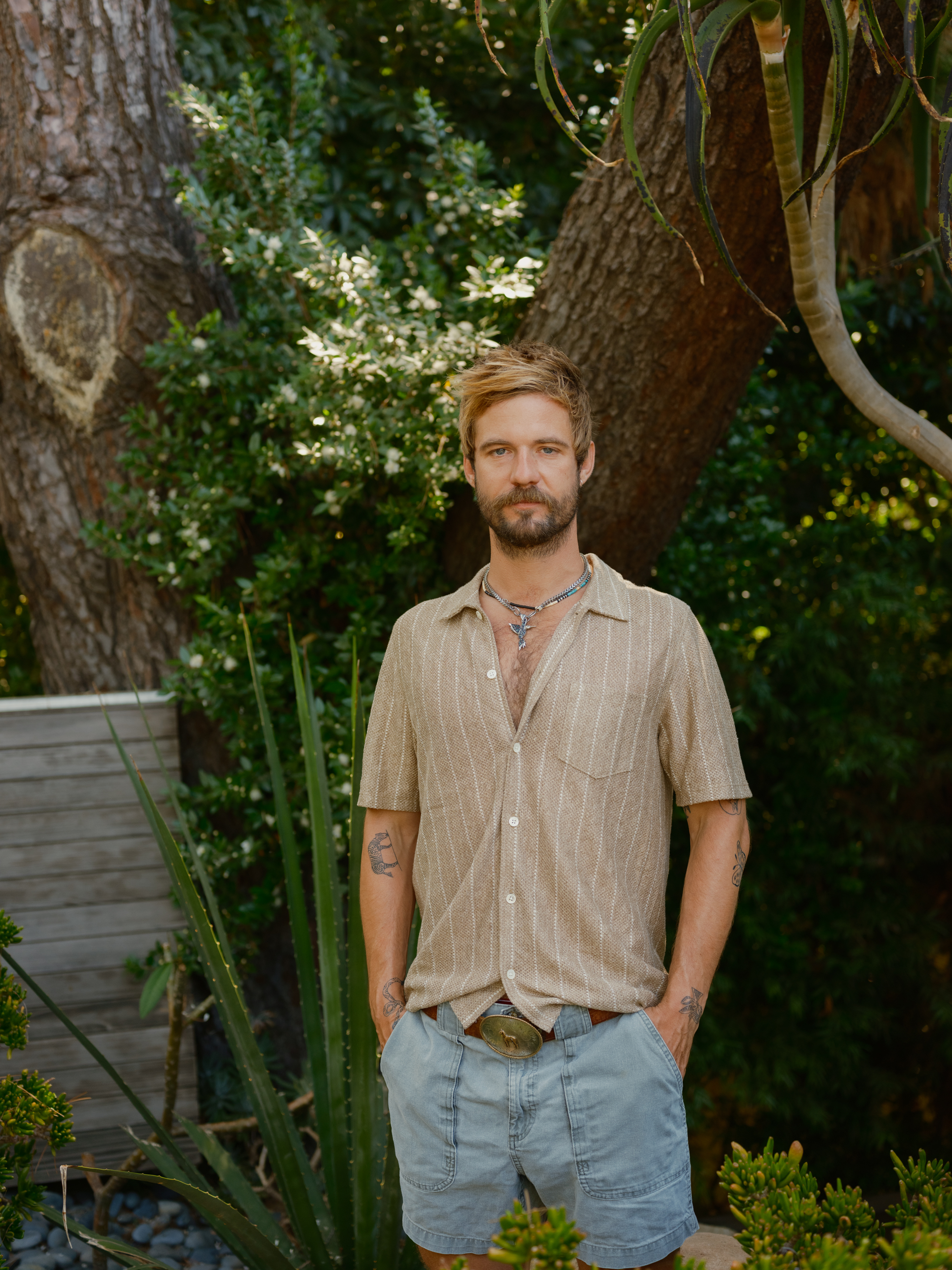
W*: What is the perfect garden for you?
John Sharp: The perfect garden yields a totally new dimension. It is a sensory and extraordinary place where the noise is lost and new music begins. Botanical surprises appear throughout changing seasons. It offers an escape from reality. The opportunity for a design that rewilds and welcomes the natural world to return.
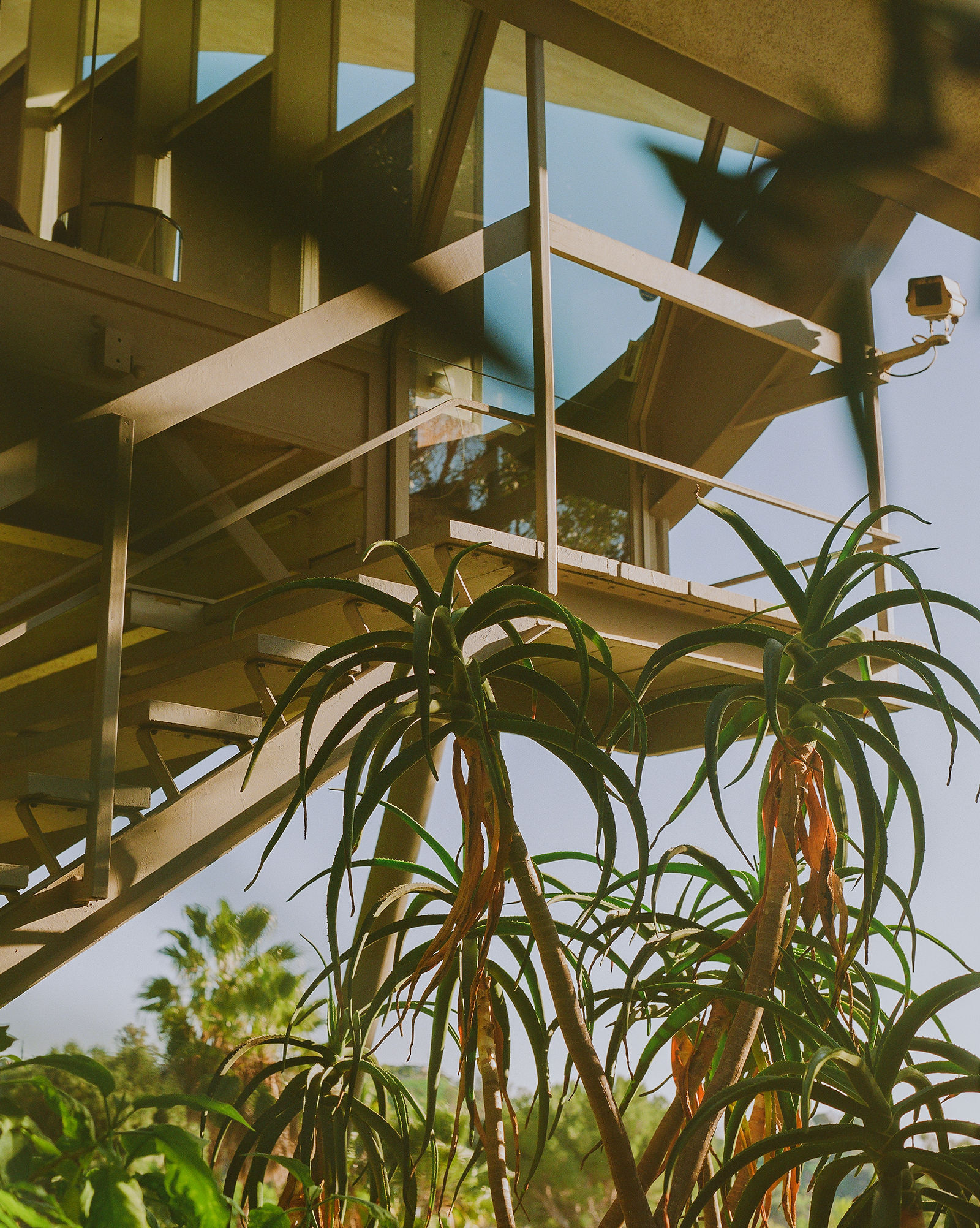
W*: What role does architecture play in your landscape design?
JS: We work with many existing landmark modernist homes in Los Angeles. In a new project in the Trousdale Estates, we are working carefully with the architectural legacy of Raul Garduno. We have been fortunate to work on projects created by legends like John Lautner and Richard Neutra. It's essential to carry the architectural DNA – existing or reimagined – throughout a whole project. We take great consideration with every detail, from exterior lighting to the garden compositions and exterior furnishings, to create in the space [that exists] between two worlds – the preservation of legacy and definitions of the future. The gardens growing in many of these iconic midcentury homes have never been designed, so the retro-future lens applies often in our practice.
We take a holistic approach with exteriors and lifestyle – working hard to understand the needs of the place and the people that enjoy it. Architectural considerations are made throughout the design-build process – from plant selections to the form and materiality of built features – pool grottos, outdoor showers, ice baths, saunas, ADUs [accessory dwelling units], edible garden structures, and chicken coops. For a recent project in Texas, we designed and built a brick moon tower for celestial viewing. I am most interested in how architecture connects us to a landscape.
We have been trapped inside a lawn narrative for far too long
John Sharp

W*: Do you feel modernist architecture fits a certain style of garden?
JS: I think a lot about the architecture of plants – how their structure and shape form to craft the perfect botanical narrative. Modernist homes call for gardens that look timeless as if they had been established long ago. I aim to bridge what has been done with new ideas that have yet to be seen. To be both utterly original and inspired by the best garden trends.
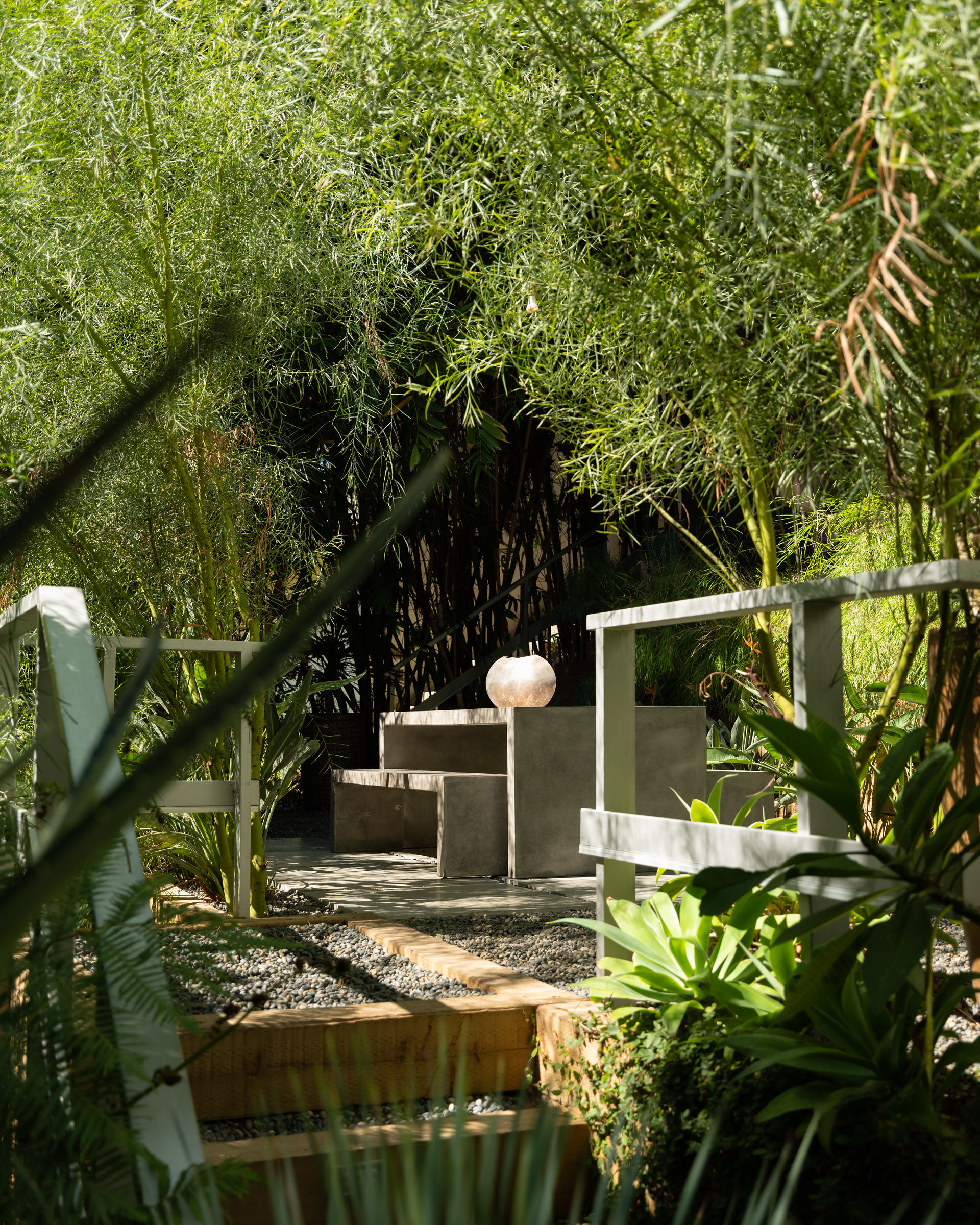
W*: What do you think is the most overlooked feature in a garden?
JS: The most overlooked components of a garden are purpose and use. We have been trapped inside a lawn narrative for far too long. We are interested in building nurturing ecosystems for life to thrive – people, plants and pollinators alike. I am interested in gardens that embody values – for nature to return, for people to connect and dream, and organic playscapes for discovery, exploration and learning. A successful garden design activates all the senses, perhaps a few you might not even know you have.
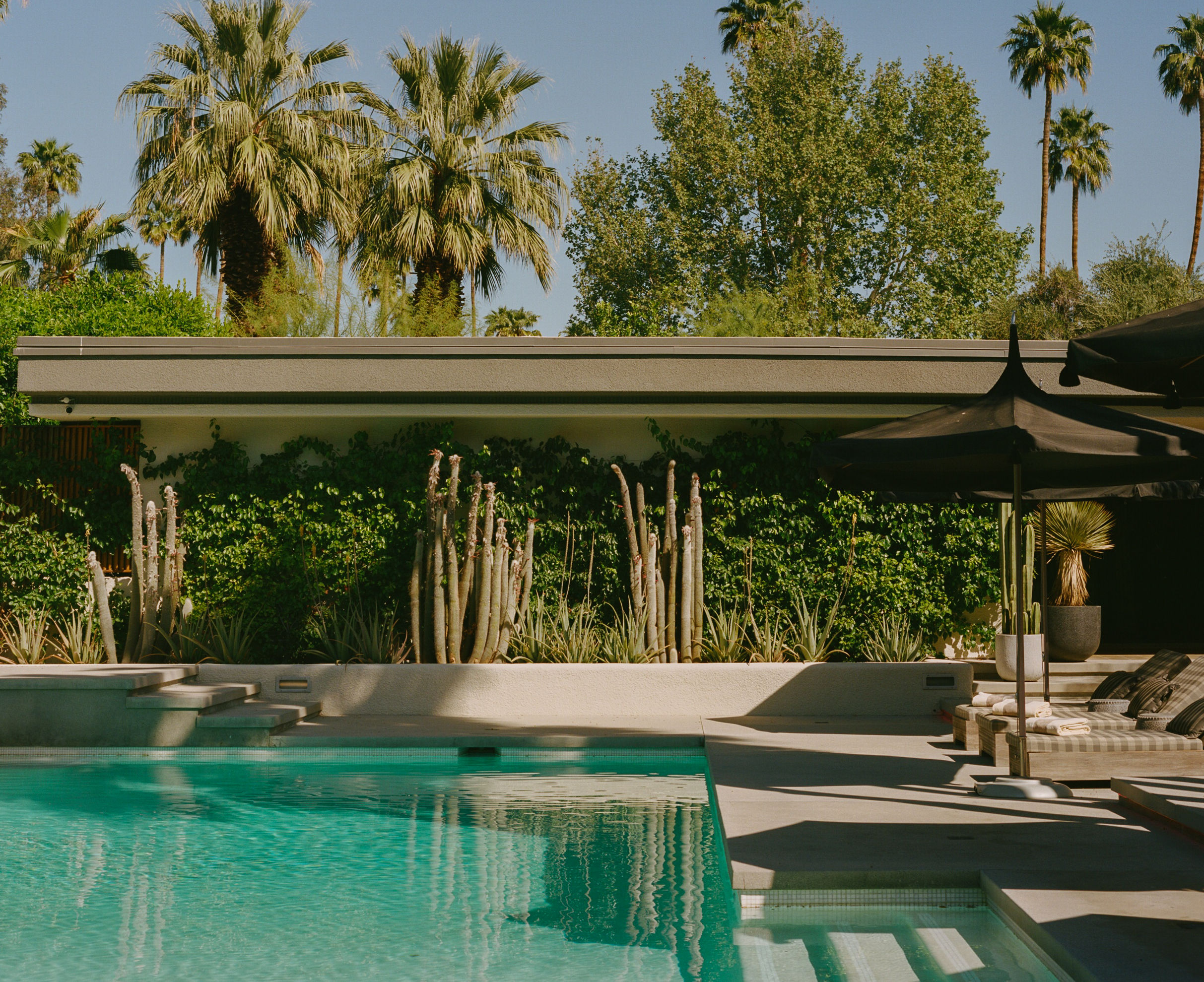
W*: Wild-looking or manicured? What criteria do you use to choose between the two, when you decide on a new garden's direction?
JS: LOL, manicured is never it.
W* What would you consider a garden's biggest asset?
JS: Its ability to create its own energy, hold time, and reconnect us with the earth, each other and ourselves through it.
